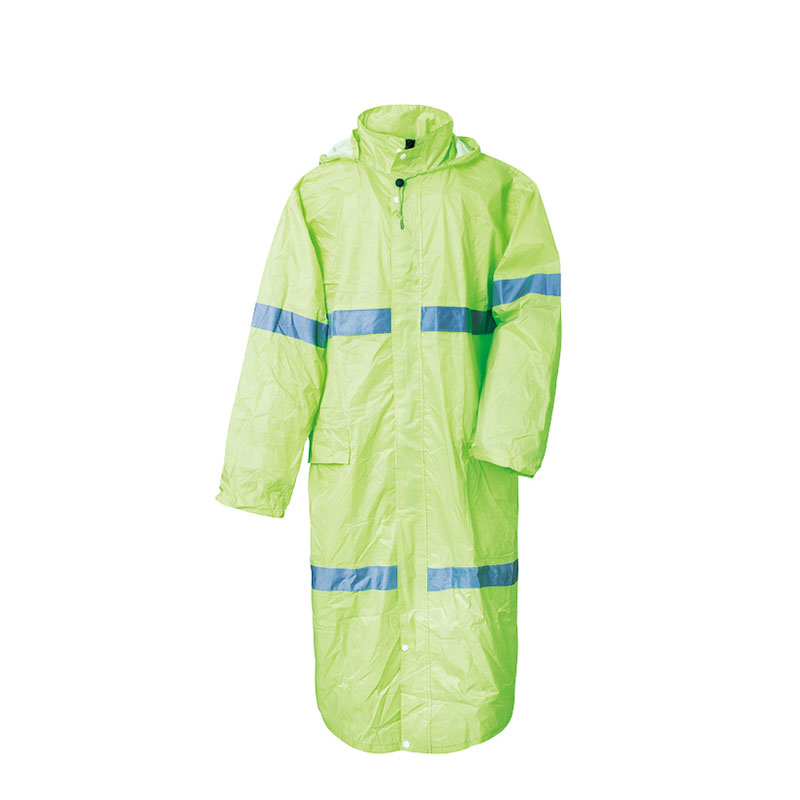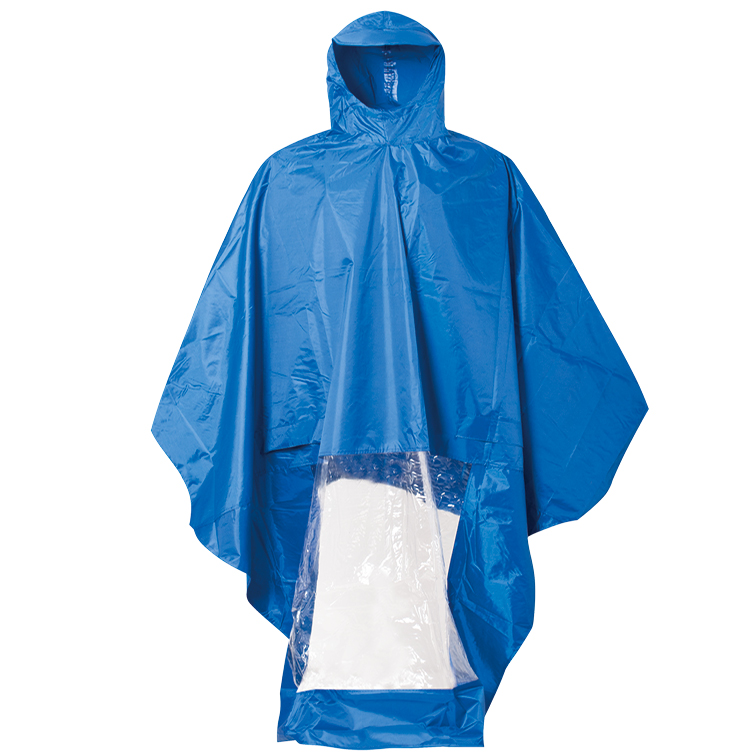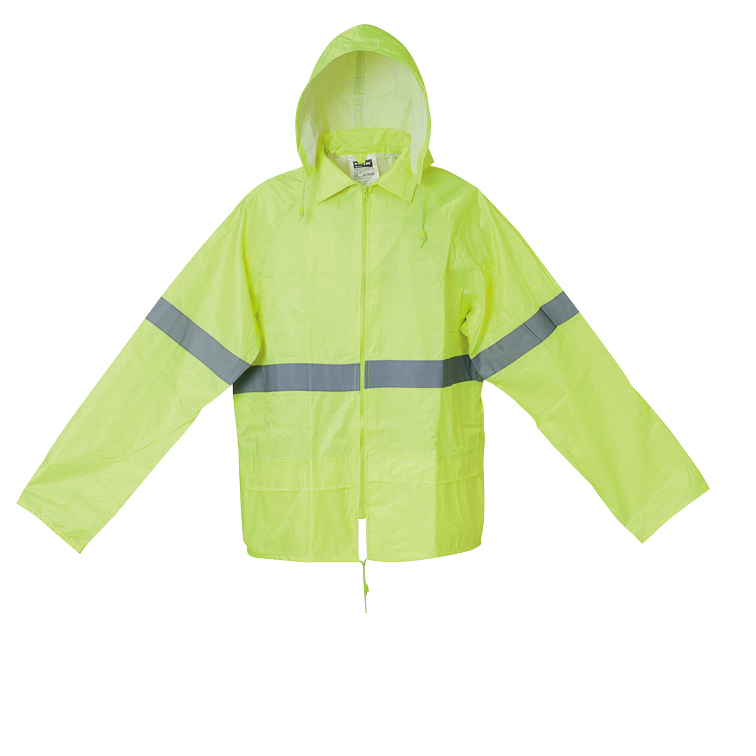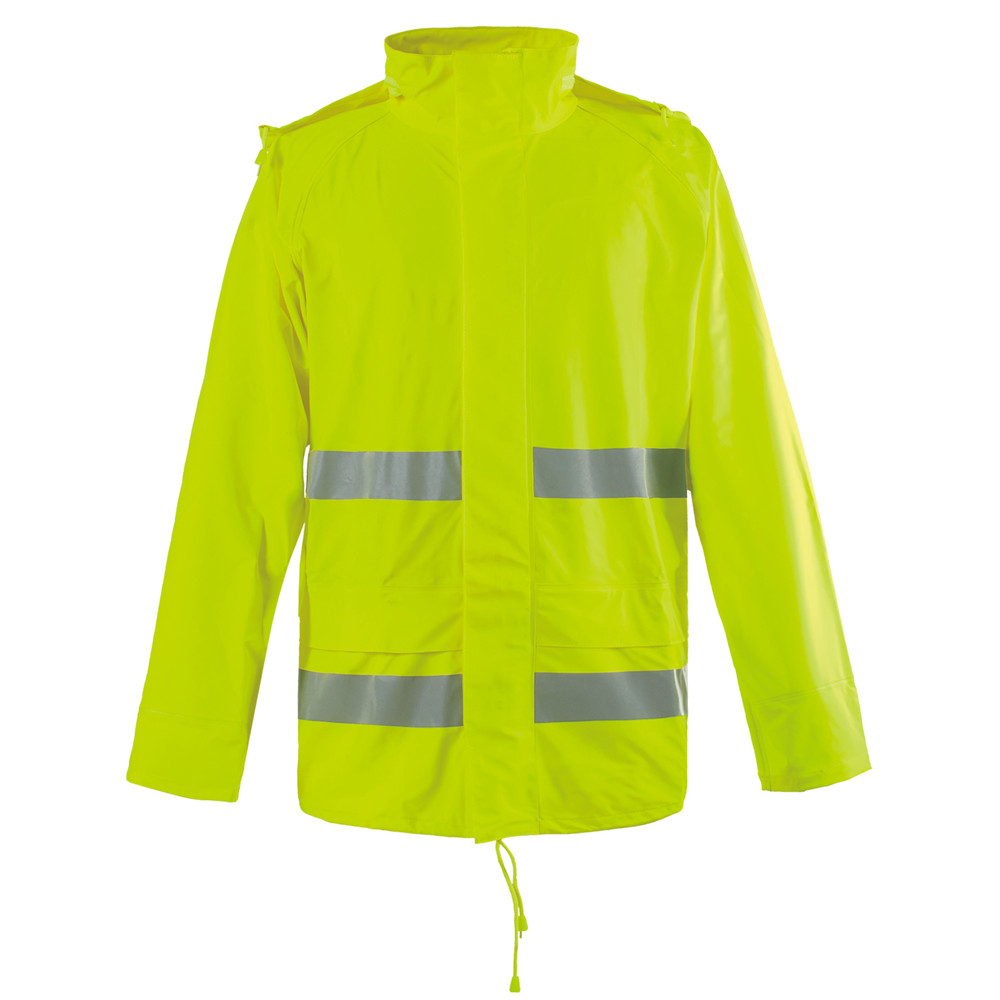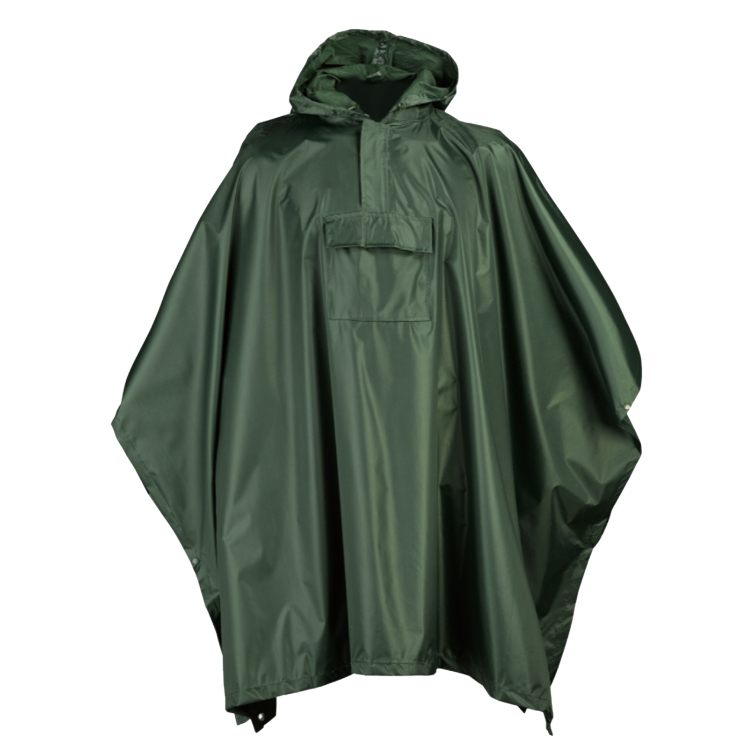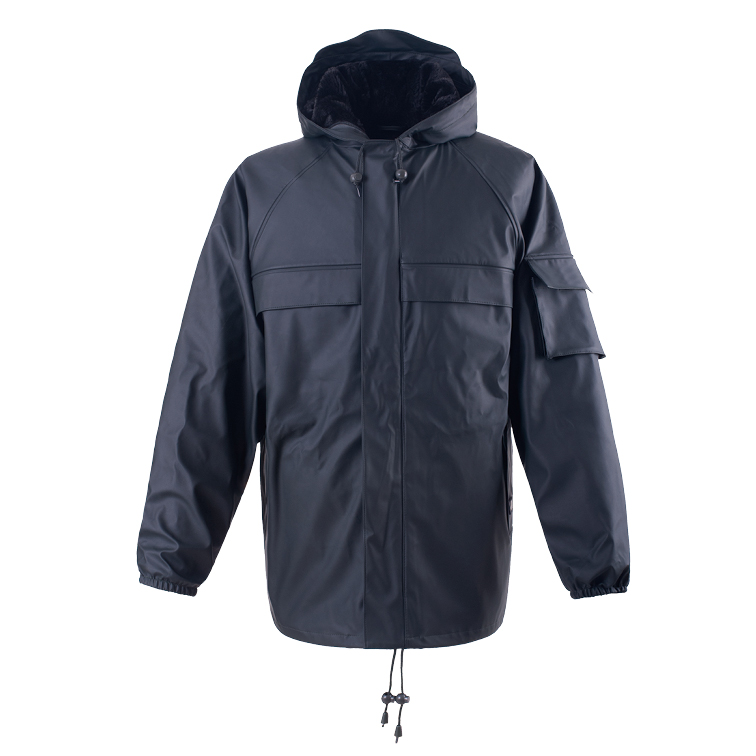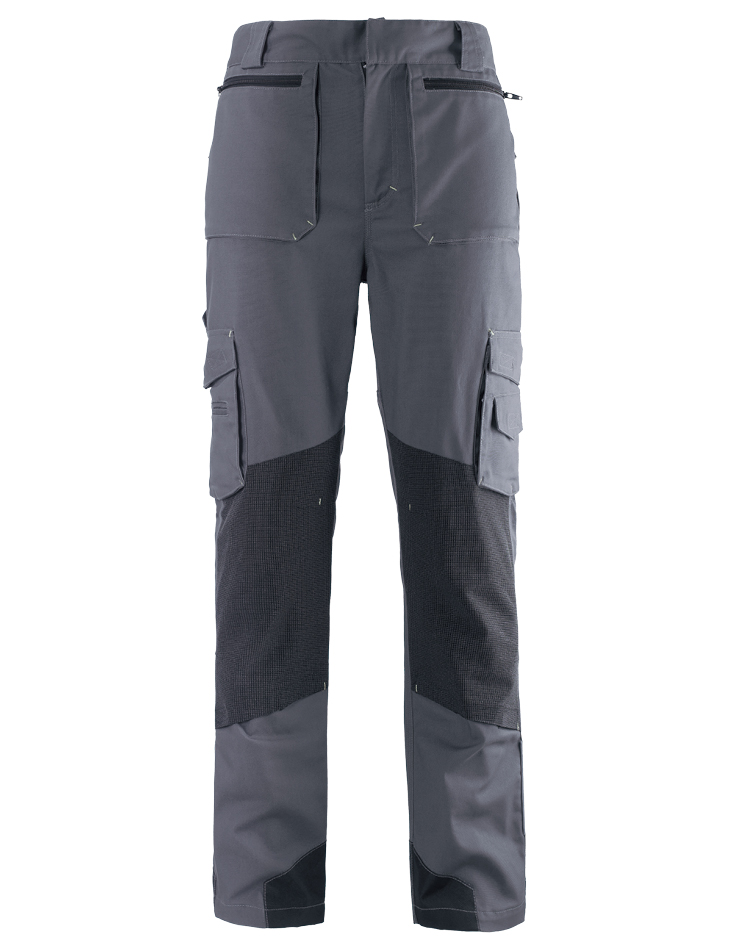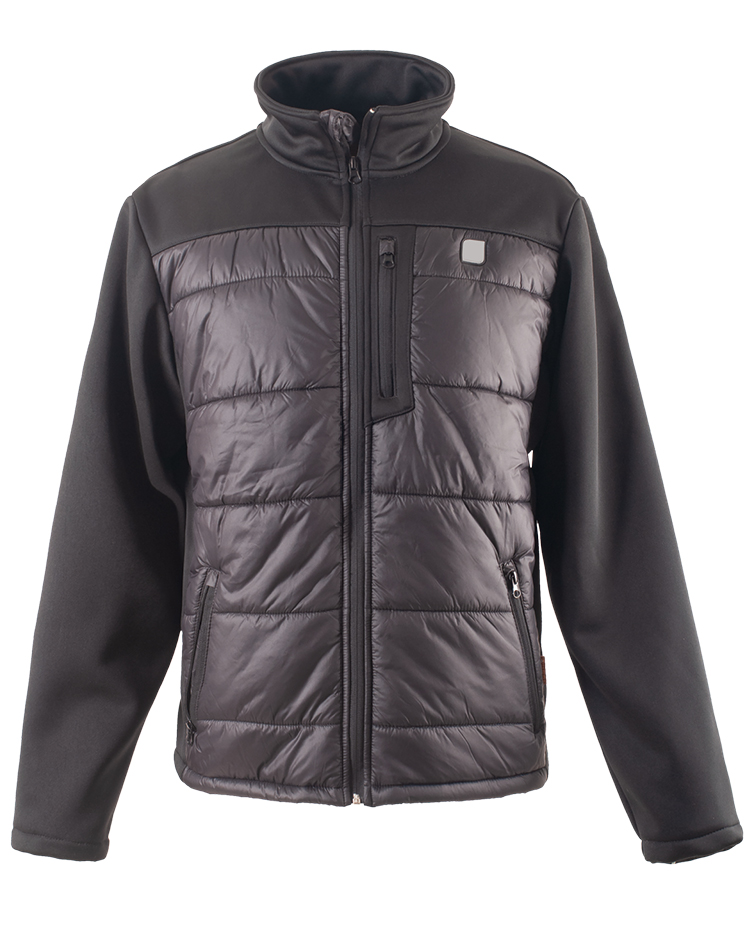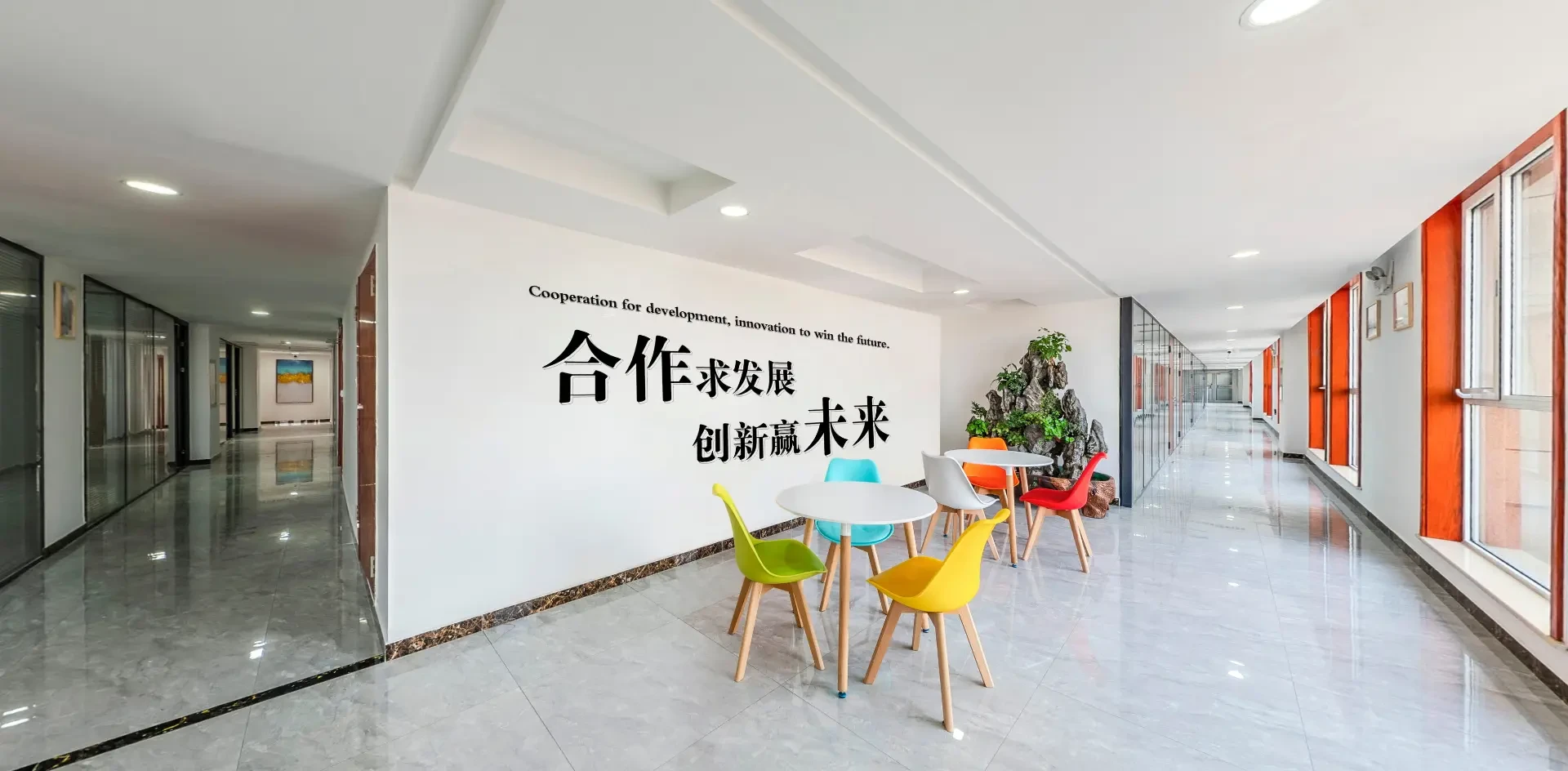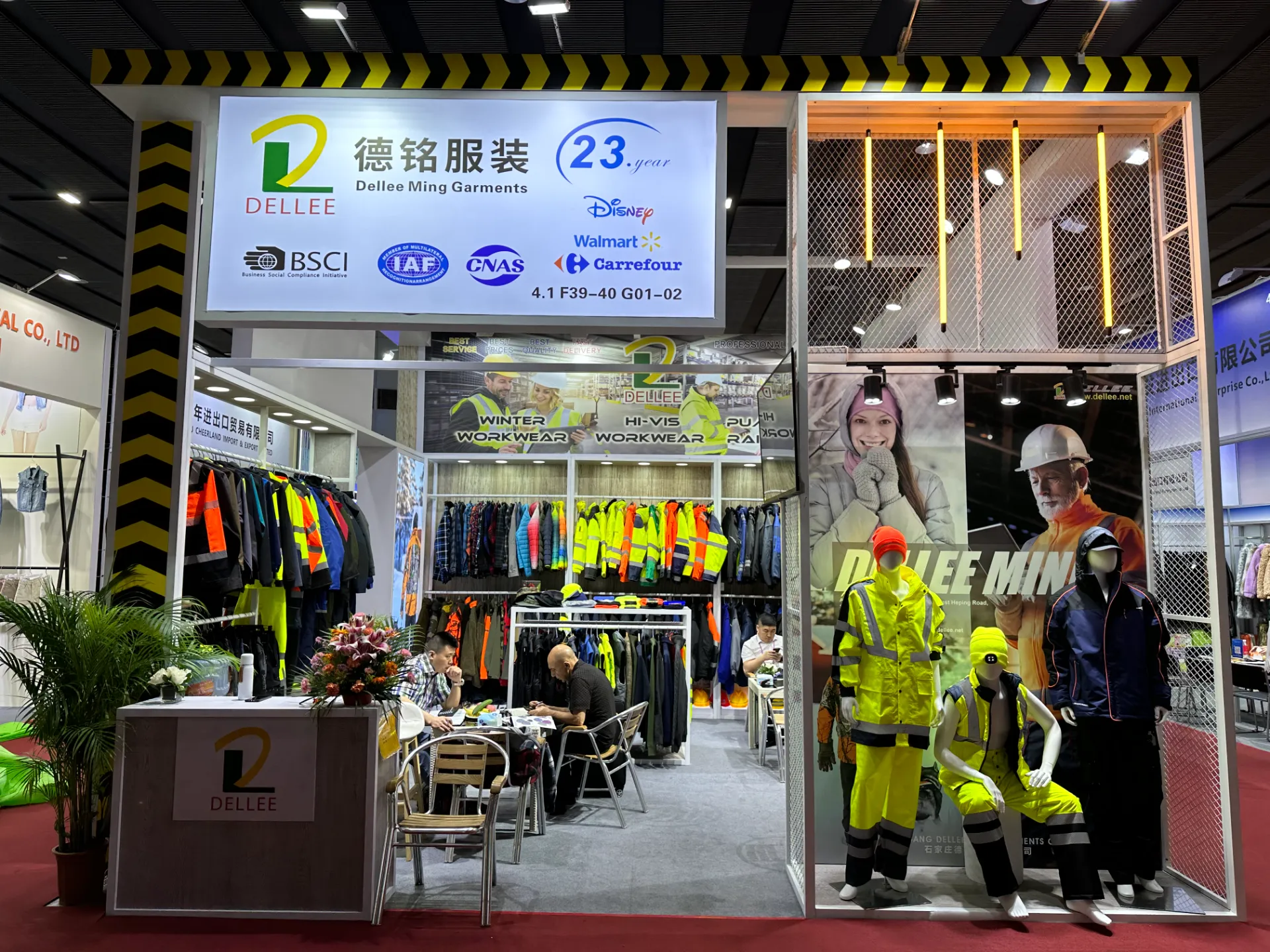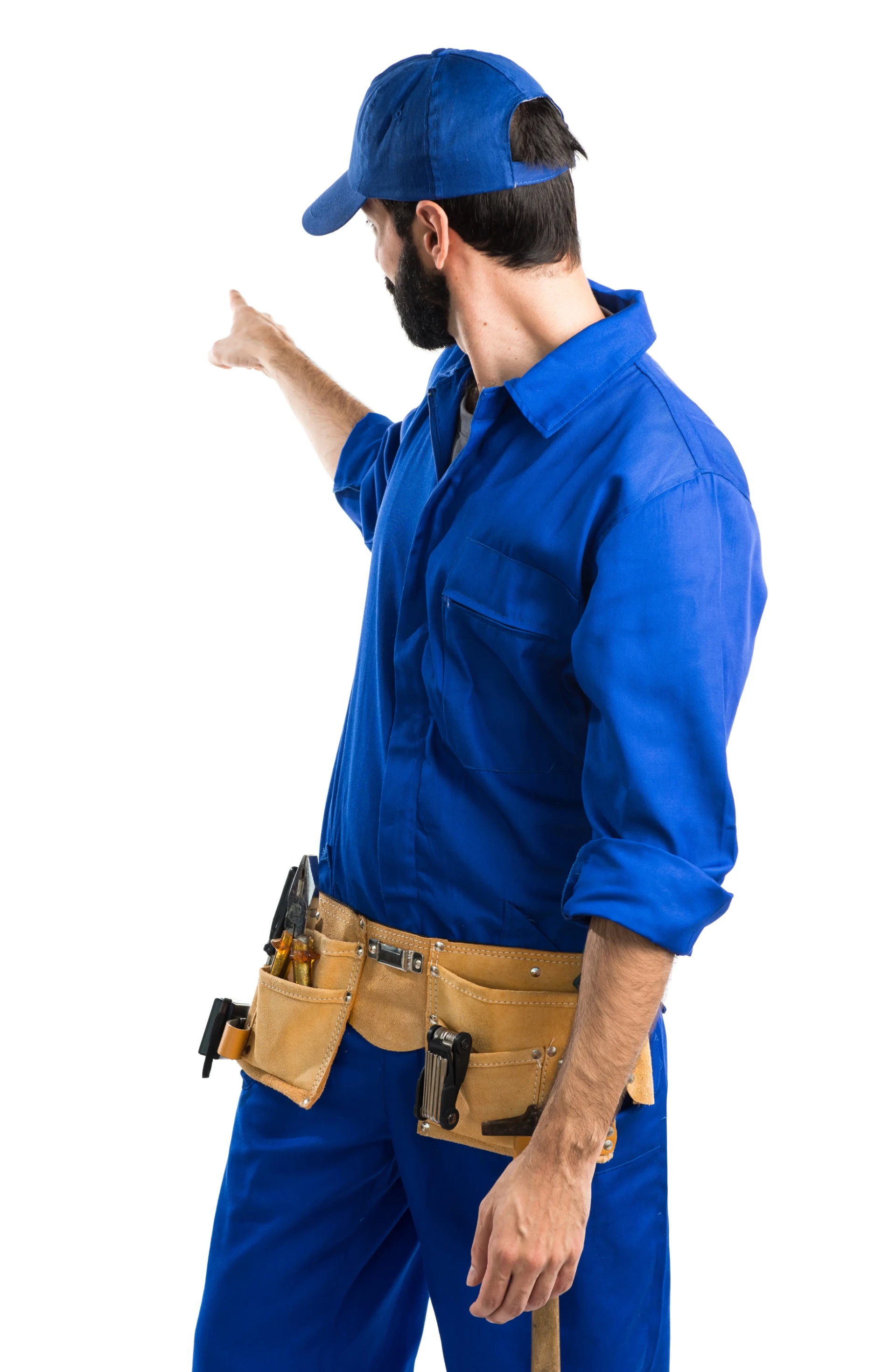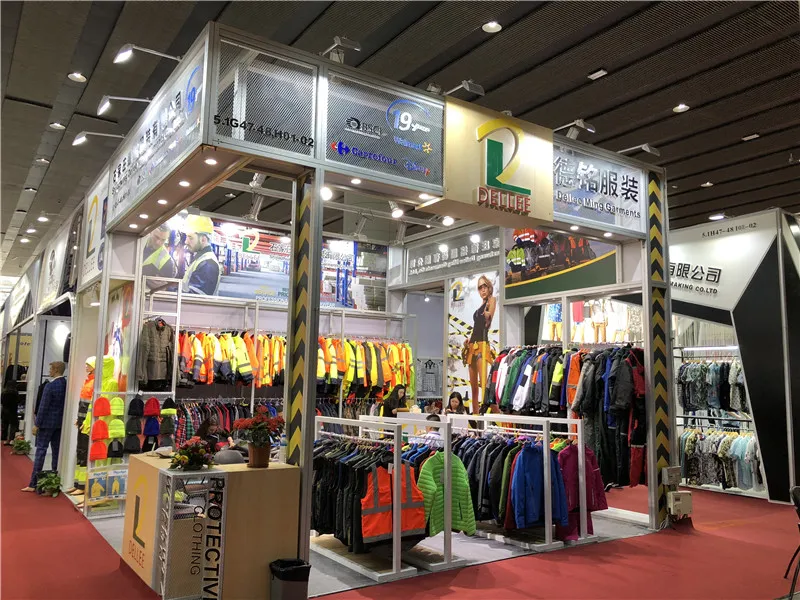Dear customers and friends:
In today's fast-paced industrial and construction environments, worker safety is not just a priority; it's a necessity mandated by law and driven by a moral imperative. At the forefront of personal protective equipment (PPE) is high visibility clothing. The global market for this essential gear is projected to grow significantly, with a CAGR of over 6.5% from 2023 to 2030, according to Grand View Research. This growth isn't just about compliance; it's about a cultural shift towards proactive safety measures. Modern high visibility wear combines advanced material science with ergonomic design to protect workers without hindering their performance.
From bustling construction sites to the perilous shoulders of highways, the ability to be seen can be the difference between a close call and a tragedy. This comprehensive guide will explore the critical aspects of high visibility garments, from international standards like ANSI/ISEA 107 to the intricate manufacturing processes that create life-saving apparel like our HIGH VISIBILITY T-SHIRT.

Understanding the Science: ANSI/ISEA 107 and Key Technical Parameters
The effectiveness of high visibility wear is not subjective; it's governed by rigorous scientific standards. The most prominent standard in North America is ANSI/ISEA 107-2020, which classifies garments based on the amount of fluorescent background material and retroreflective tape they feature. These components work together to ensure worker conspicuity in all light conditions, day and night.
- Fluorescent Background Material: This is the brightly colored fabric (typically lime-yellow, orange, or red) that makes up the body of the garment. It works by converting invisible UV light into visible light, making the wearer stand out against most backgrounds during daylight hours.
- Retroreflective Material: This material, usually seen as silver or grey stripes, is designed to reflect light directly back to its source with minimal scattering. This is crucial for nighttime visibility when a vehicle's headlights illuminate a worker. Its performance is measured in Candelas per Lux per square meter (cd/lux/m²).
- Garment Classes (Performance Class): The standard defines three classes, each suited for different risk levels and work environments.
| Performance Class | Minimum Background Material | Minimum Retroreflective Material | Typical Work Environment & Risk Level |
|---|---|---|---|
| Class 1 | 0.14 m² (217 in²) | 0.10 m² (155 in²) | Low-risk environments. Workers are well separated from traffic traveling below 25 mph (40 km/h). E.g., parking attendants, warehouse workers. |
| Class 2 | 0.50 m² (775 in²) | 0.13 m² (201 in²) | Moderate-risk environments. For workers who need greater visibility in poor weather or near traffic exceeding 25 mph (40 km/h). E.g., road construction, utility workers, survey crews. |
| Class 3 | 0.80 m² (1240 in²) | 0.20 m² (310 in²) | Highest-risk environments. For workers exposed to high-speed traffic, complex backgrounds, and severe weather. Garments must have sleeves. E.g., highway flaggers, emergency responders. |
| Class E (Supplemental) | Applies to trousers or bib-overalls. When worn with a Class 2 or Class 3 top, the total ensemble rating is Class 3. | Used to enhance overall visibility and achieve a Class 3 rating when combined with a Class 2 or 3 upper body garment. | |
Data-Driven Insights into the High Visibility Market
High Visibility Wear Market by Application
Product Feature Comparison: DELLEE vs. Standard
Comparison across Breathability, Wash Durability, and Reflectivity.
Global High Visibility Wear Market Growth (Projected)
Illustrates a consistent upward trend in market valuation, emphasizing the growing importance of worker safety.
From Fiber to Field: Manufacturing Our HIGH VISIBILITY T-SHIRT
Creating a high-performance HIGH VISIBILITY T-SHIRT is a multi-stage process where precision and quality control are paramount. It's far more than just sewing bright fabric together; it's an engineering exercise in material science and apparel technology. Here we detail our meticulous manufacturing and quality assurance workflow, which ensures every garment meets and exceeds industry standards.
1. Material Selection
We start with premium 100% polyester Bird's-eye Mesh fabric. This material is chosen for its superior moisture-wicking properties, breathability, and durability, crucial for worker comfort in demanding conditions.
2. Fluorescent Dyeing
The fabric undergoes a high-pressure, high-temperature dyeing process to achieve a vibrant, stable fluorescent color. We use eco-friendly dyes that ensure maximum colorfastness (resistance to fading) after multiple washes and prolonged UV exposure.
3. Precision Cutting
Using automated CNC (Computer Numerical Control) cutting machines, large bolts of dyed fabric are precisely cut into pattern pieces. Automation guarantees consistency across thousands of units and minimizes material waste.
4. Reflective Tape Application
High-grade retroreflective tape (meeting ANSI standards for reflectivity) is applied using a heat transfer process. This bonds the tape securely to the fabric without compromising its flexibility or the shirt's breathability.
5. Assembly & Stitching
Skilled technicians use industrial sewing machines to assemble the garment. We utilize double-stitched seams and reinforced stress points to ensure the t-shirt can withstand the rigors of physical labor and industrial laundering.
6. Quality Control
Every batch undergoes rigorous testing. This includes spectrophotometer checks for color compliance, retroreflectivity tests, wash tests for durability, and physical inspection for any stitching or assembly defects.
Technical Advantages & Customization
Our commitment to quality manufacturing results in a superior high visibility t-shirt that offers tangible benefits on the job site. Beyond the standard product, we offer extensive customization to meet the specific needs of your organization.
Key Product Advantages:
Customization Solutions:
Strengthen your brand and team identity with custom high visibility wear. We offer:
- Logo Printing & Embroidery: Add your company logo using high-quality screen printing, heat transfer, or embroidery. We ensure logo placement does not compromise the minimum required area of background material.
- Contrasting Trim: Add stylish contrasting trim (e.g., black or navy) to the sides or collar, which can help hide dirt in high-contact areas and enhance the garment's appearance.
- Pockets & Add-ons: Need a chest pocket for pens or radios? We can add custom pockets or microphone tabs to suit your team's specific needs.
Application in Action: Case Studies
Theory and specifications are important, but the true test of high visibility apparel is its performance in the real world. Here’s how our products have made a difference for our clients.
Case Study 1: Major Metropolitan Road Construction
"We equipped our entire night-shift paving crew with the Class 3 version of these shirts. The feedback was immediate. Foremen reported that workers were visible from much greater distances under floodlights and to approaching traffic. We've seen a 30% reduction in near-miss incidents since making the switch."
- John D., Safety Director, Apex Paving Inc.
Case Study 2: National Logistics & Warehousing
"Our forklift operators and yard personnel work in a complex, fast-moving environment. The breathability of the high visibility t-shirts was a huge win, especially in our non-air-conditioned distribution centers. Employee complaints about heat and discomfort dropped, and the durability has meant we're replacing uniforms less frequently."
- Maria S., Operations Manager, SwiftLogistics
Warranty & Quality Promise
All our high visibility wear is backed by a 1-year warranty against manufacturing defects. We guarantee compliance with the stated ANSI/ISEA standard for the garment's recommended lifespan.
Delivery & Lead Times
Standard in-stock items ship within 48 hours. Custom orders typically have a lead time of 2-4 weeks, depending on the complexity and quantity. Expedited services are available.
Dedicated Customer Support
Our team of PPE specialists is available to answer your questions, help with standard selection, and guide you through the customization process. We are your partners in safety.
Frequently Asked Questions (FAQ)
Both are standards for high visibility clothing, but they have key differences. ANSI/ISEA 107 is the American standard, while EN ISO 20471 is the European/International standard. They differ in their garment classifications, testing methodologies, and minimum requirements for background and retroreflective materials. For example, EN ISO 20471 places greater emphasis on the placement of reflective tape around the torso and sleeves to outline the human form. If you operate globally, it's essential to understand which standard is required in your region.
These classes refer to the ANSI/ISEA 107 standard and indicate the level of visibility and protection the garment provides. Class 2 garments are for workers in environments with traffic speeds over 25 mph and require a larger area of bright and reflective material than Class 1. They are common for road crews and utility workers. Class 3 offers the highest level of visibility, requiring the most background and reflective material. It's for workers in the highest-risk environments, such as highway flaggers or emergency responders working near high-speed traffic. Class 3 garments must have sleeves with reflective banding.
Proper care is crucial. Always follow the instructions on the garment's care label. Generally:
- Wash in cold or warm water, not hot.
- Do not use bleach or fabric softeners, as they can degrade the fluorescent dyes and reflective material.
- Wash with like colors. Do not wash with rough garments (like jeans with rivets) that could abrade the reflective tape.
- Tumble dry on low heat or, ideally, hang to dry. High heat can damage the reflective tape.
- Do not iron the reflective taping.
They serve two different purposes for 24-hour visibility. Fluorescent material works best during the day and in low-light conditions like dawn and dusk. It contains pigments that absorb invisible UV light from the sun and re-emit it as visible light, making the garment appear to "glow" and stand out against the background. Retroreflective material is for nighttime visibility. It uses thousands of microscopic glass beads or microprisms to reflect light from a source (like car headlights) directly back to that source. This makes the wearer appear intensely bright to the driver, but not necessarily to someone standing next to the wearer.
Yes, but it must be done correctly. The ANSI/ISEA 107 standard specifies the minimum required surface area of fluorescent background material. Any logos or text added to the shirt subtracts from this area. As a manufacturer, we ensure that the size and placement of your logo do not reduce the fluorescent material below the required minimum for the garment's class. We typically recommend using single-color logos or placing them strategically to maintain compliance.
The lifespan depends heavily on usage, care, and the work environment. A high-quality shirt like ours is typically rated for a certain number of wash cycles (e.g., 25 to 50) before the materials may degrade below the standard's requirements. For an employee wearing the shirt daily in a harsh environment, it might need replacement every 6 months. For less frequent use, it could last much longer. The key is to replace it when the background color is noticeably faded or dirty, or when the retroreflective tape is cracked, peeling, or has lost its reflectivity.
For hot climates, the best fabric is a lightweight, moisture-wicking synthetic material. We strongly recommend 100% Polyester Bird's-eye Mesh. The "bird's-eye" knit creates a microporous structure that allows for excellent airflow, promoting evaporative cooling. The polyester fibers are hydrophobic, meaning they don't absorb sweat but instead pull it away from the skin to the fabric's surface where it can evaporate quickly. This keeps the wearer significantly cooler and more comfortable than cotton or heavier polyester blends.
Industry References & Further Reading
Our commitment to excellence is grounded in industry-leading standards and ongoing research. We encourage our partners to stay informed through these authoritative sources:
- International Safety Equipment Association (ISEA): The official source for the ANSI/ISEA 107 standard. www.safetyequipment.org
- Occupational Safety and Health Administration (OSHA): Guidance on PPE and worker visibility. See the specific section on High-Visibility Clothing in the Manual on Uniform Traffic Control Devices (MUTCD). www.osha.gov
- EHS Today Magazine: An industry publication with frequent articles on PPE trends, safety culture, and regulatory updates. A search for "high visibility" yields numerous relevant articles. www.ehstoday.com
Post time: Aug . 06, 2025 13:20

